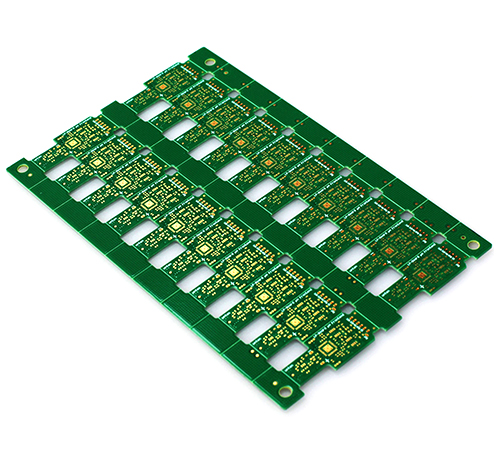Time:2022-09-14 Visit:
First cut the copper foil substrate to the size suitable for processing.
Note that before the substrate is crimped, the copper foil on the copper surface needs to be roughened by brushing, micro-etching, etc.
The dry film photoresist is adhered to the copper core PCB board under the appropriate temperature and pressure, and the photoresist polymerizes after being irradiated by ultraviolet rays in the light-transmitting area of the film (the dry film in this area will remain as the copper etched in the developed copper). Etching stops in later steps.), and the line image on the film is transferred to the dry film photoresist on the plate.
Peel off the protective film on the film surface, after using the sodium carbonate solution to remove unexposed areas like the developed film surface. Then use a mixed solution of hydrochloric acid and hydrogen peroxide to remove the exposed copper foil corrosion forming lines.
Finally, the faded dry film photoresist is washed away with an aqueous sodium hydroxide solution. For inner-layer circuit boards with six layers and above, use an automatic positioning punching machine to punch out riveting reference holes for alignment between layers.
